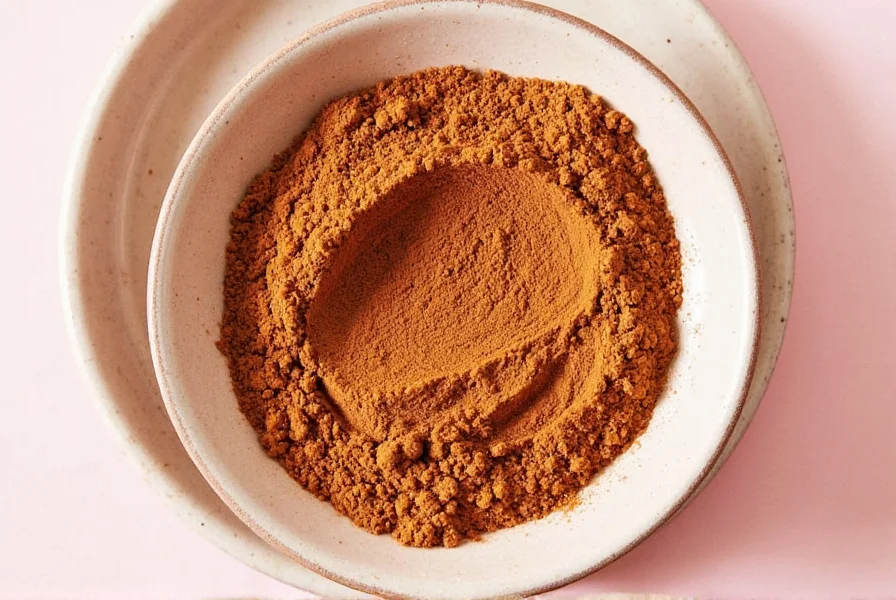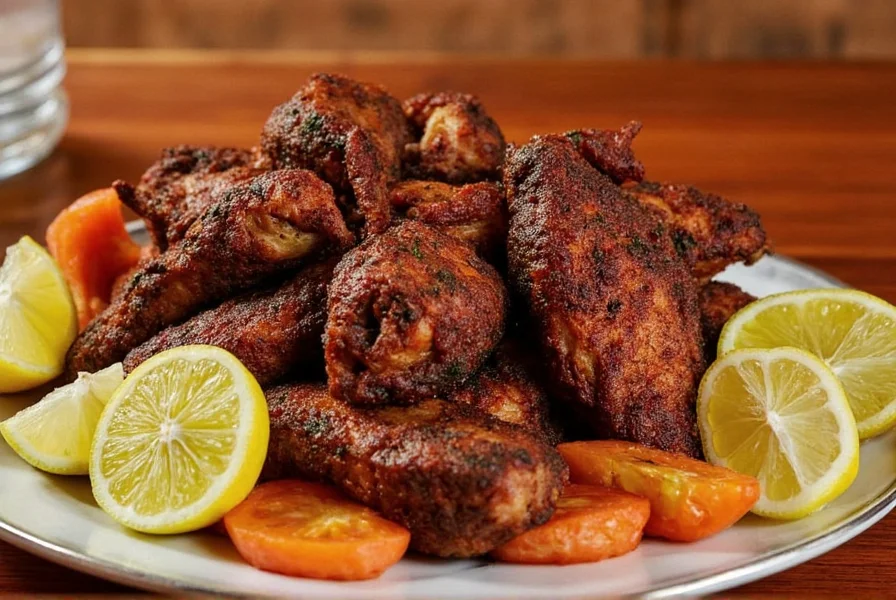Allspice, often mistakenly called "all spice berry," is a single spice derived from the dried berries of the Pimenta dioica tree. Native to Central America and the Caribbean, it's not a blend of spices but a unique fruit with a complex flavor profile that mimics cinnamon, nutmeg, and cloves. This guide explains what allspice really is, its culinary uses, health benefits, and how to use it effectively in your kitchen.
| Section | Key Details |
|---|---|
| What is Allspice? | Single spice from dried berries of Pimenta dioica tree; not a blend of spices |
| Flavor Profile | Warm, spicy, sweet, earthy; resembles cinnamon, nutmeg, and cloves combined |
| YMYL Consideration | Health claims must be accurate; consult medical professionals for health advice |
What Is Allspice? (It's Not a Berry Mix!)
Allspice is a single spice, not a blend. Its name comes from its flavor resembling a combination of cinnamon, nutmeg, and cloves. The dried berries of the Pimenta dioica tree are used whole or ground. Native to Jamaica, it's also called "pimento" or "Jamaica pepper" (though unrelated to black pepper).
Historically, indigenous Taino people used it for cooking and medicine. Spanish explorers brought it to Europe, where it became a valuable trade commodity. Today, it's essential in Caribbean jerk seasoning, Middle Eastern stews, and Mexican mole sauces.

How Does Allspice Taste? A Unique Flavor Blend
| Taste Profile | Description |
|---|---|
| Warmth | Mildly spicy like black pepper but smoother |
| Sweetness | Caramel-like notes, especially in baked goods |
| Aroma | Smoky and floral when toasted or ground |
Culinary Uses: Beyond Holiday Desserts
Allspice shines in both sweet and savory dishes:
- Caribbean Jerk Seasoning: Essential for authentic Jamaican jerk chicken and pork
- Mole Sauce: Adds depth to traditional Mexican sauces
- Spiced Beverages: Simmer with ginger and citrus for mulled wine or chai tea
- Savory Rubs: Use in meat rubs for lamb or beef
- Baked Goods: Perfect for gingerbread, pumpkin pie, and fruit compotes

Buying Guide: What to Look For
| Type | Whole Berries | Ground Powder |
|---|---|---|
| Best For | Slow-cooked dishes, pickling, infusions | Baking, rubs, quick sauce additions |
| Quality Check | Dark reddish-brown color; no fading | Strong, fragrant aroma; no clumping |
| Recommended Brands | Frontier Co-op Organic, Simply Organic | McCormick Gourmet, Anthony's Premium |
Storage Tips to Maintain Freshness
- Whole berries: Store in airtight container away from light and moisture; lasts 2-3 years
- Ground powder: Use within 6-12 months; keep in cool, dark cupboard
- Pro Tip: Grind whole berries just before use for maximum flavor
Health Benefits: What Science Says
Allspice contains antioxidants and anti-inflammatory compounds. Research shows it may aid digestion and support immune function. However, it's not a substitute for medical treatment. Consult healthcare professionals for health concerns.
| Benefit | Scientific Basis |
|---|---|
| Antioxidant Properties | Contains eugenol, which fights free radicals |
| Digestive Aid | Traditional use supported by studies on gut health |
| Anti-inflammatory | Eugenol reduces inflammation markers in research |
Conclusion: Why Allspice Belongs in Every Kitchen
Allspice is a versatile, single-ingredient spice that adds depth to both sweet and savory dishes. Its unique flavor profile makes it essential for authentic Caribbean jerk seasoning, Mexican mole, and holiday baking. Store whole berries properly and grind them fresh for maximum flavor. Remember: while it has health benefits, it's not a substitute for medical treatment.










 浙公网安备
33010002000092号
浙公网安备
33010002000092号 浙B2-20120091-4
浙B2-20120091-4